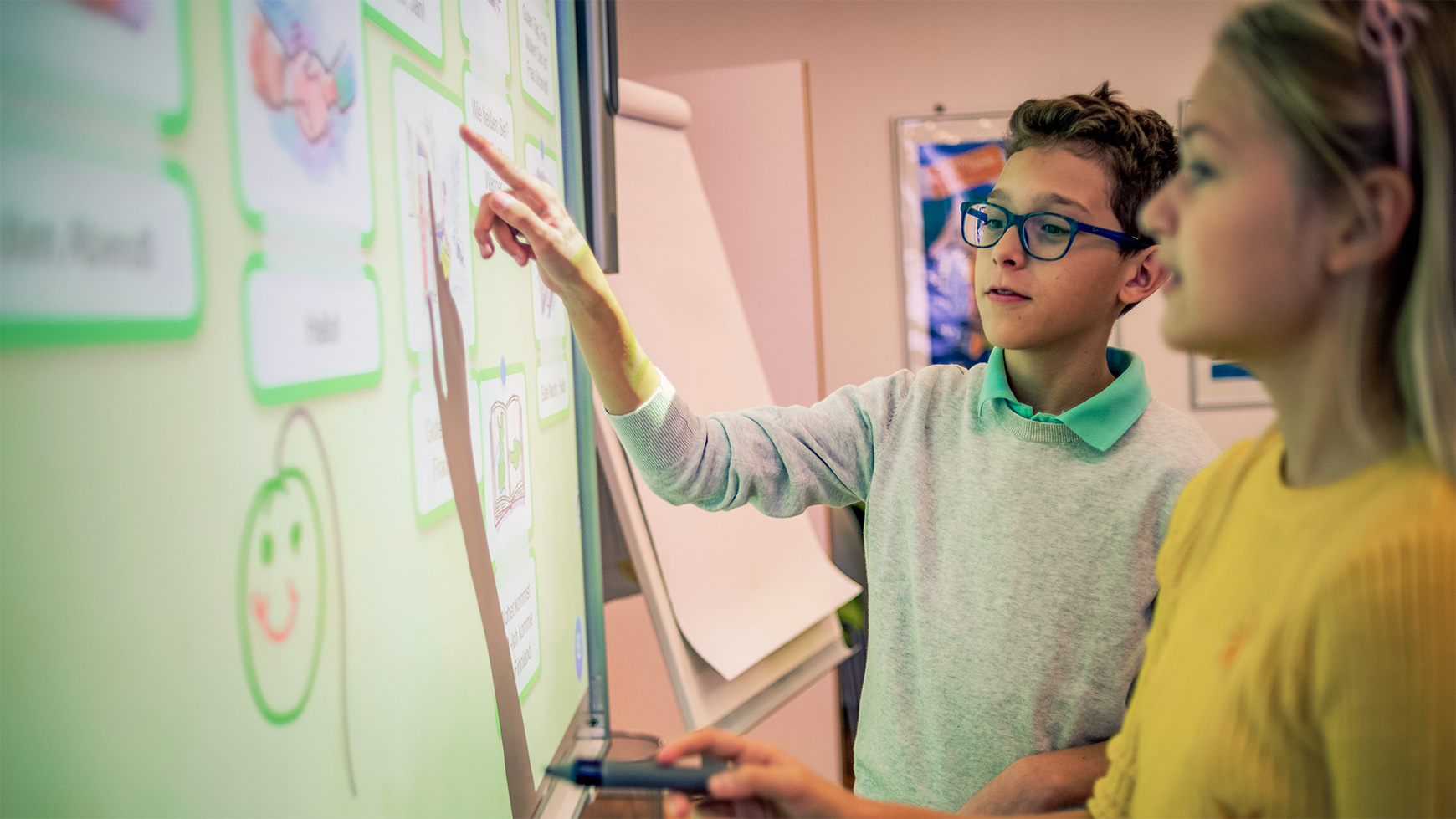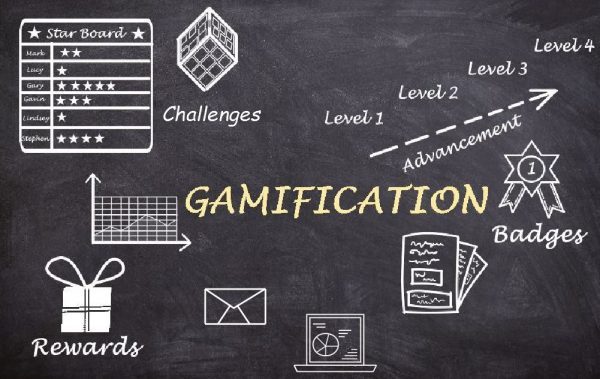Universal Design for Learning (UDL) is a framework that supports each student in the classroom. It supports each student in the classroom by acknowledging that each student has different needs, comes from different educational backgrounds, has different interests, has different language talents, and has different cultures and identities that represent them. Given the unique makeup of each classroom, UDL offers teachers a way to support each student. In a content-literacy classroom, UDL is incredibly important. UDL, in practice, can look like drawing vocabulary words with math symbols to support comprehension, showing students how to decode a difficult piece of science text, and providing students with multiple mediums and tools to compose their first song.
UDL consists of providing students with multiple means for (1) Engagement, (2) Representation, and (3) Action and Expression. Engagement consists of recruiting interest, sustaining effort and persistence, and self-regulation. Representation consists of perception, language and symbols, and comprehension. Action and Expression consist of physical action, expression and communication, and executive functions.
For this week’s discussion, we were first to identify one element from each of the three categories above to apply to our own content-literacy classroom. Then, describe what and how we will achieve those elements in our classroom. For example, a music teacher might choose “self-regulation,” “language and symbols,” and “expression and communication,” and then the music teacher will explain what these elements will look like in their classroom when in practice. We were to be specific for each strategy we shared. The goal is that someone reading can understand our descriptions well enough to apply them in their own classroom. We were asked to keep in mind that our classes could be virtual at any time and think of UDL strategies for an online classroom environment. We were directed to utilize the UDL framework provided by CAST to support our thinking.
In my high school algebra classroom, I plan to integrate Universal Design for Learning (UDL) principles to enhance student engagement, understanding, and expression in a physical classroom environment.
For engagement, particularly in sustaining effort and persistence, I will integrate real-world problems and scenarios that connect with students’ interests and future career aspirations. For instance, I will use relevant examples, such as algebraic problems related to architecture, for students interested in that field. This will make algebra more engaging and applicable to their lives.
To improve representation, with a focus on language and symbols, I will incorporate visual aids like diagrams and graphs in conjunction with traditional algebraic symbols. This approach will help students better understand abstract concepts by presenting them in a more concrete and visual manner. I will also use tools like graphing calculators or software for graphical representation of algebraic functions, enhancing the interactive and visual aspects of learning.
Lastly, to encourage expression and communication via the action and expression area of UDL, I will encourage students to articulate their problem-solving processes. This could be through verbal explanations or written descriptions, facilitated via pair work or group discussions. This strategy is designed to not only enhance students’ communication skills but also deepen their understanding of algebra through collaborative learning experiences.
My goal is to create an inclusive, engaging, and effective learning environment in my algebra classroom. I aim to ensure that each student has access to algebra content in a manner that best suits their individual learning style and needs. Through these planned initiatives, I hope to foster a dynamic and responsive teaching approach that is adaptable to the diverse learning styles and needs of my students.
To ensure that all my students’ diverse needs are met in a remote learning scenario, I also plan to integrate Universal Design for Learning (UDL) principles into my online teaching approach.
For the engagement aspect, I will create a dynamic and interactive online learning experience. I will use digital gamification and interactive quizzes to keep students engaged and motivated during algebra lessons. I will also set up regular check-ins and virtual office hours to provide necessary support and encouragement to students, ensuring they stay on track and remain motivated even when learning from a distance.
Regarding representation, I will use a variety of digital resources, such as educational videos, interactive simulations, and virtual manipulatives, to teach algebraic concepts. This multimodal approach will ensure that students have multiple ways to engage with and understand the content. Additionally, I will make all video content accessible for all learners, including those with hearing impairments, by providing transcripts and captions.
In the area of action and expression, I will offer students a range of ways to express their understanding and communicate their ideas. This will include options such as digital presentations, online discussion forums, and collaborative virtual whiteboards for problem-solving and explanation. I will also allow flexibility in how students submit their assignments, offering choices like video explanations, written reports, or digital portfolios. This approach is designed to accommodate different styles of expression and preferences, ensuring that each student can demonstrate their understanding in a manner that suits them best.
Overall, these strategies are aimed at ensuring that my online classroom is as inclusive, engaging, and effective as possible, catering to the various learning styles and needs of my students. The key to this process is adaptability and flexibility, allowing me to adjust and refine my approach as needed to meet the dynamic demands of online teaching and learning.



